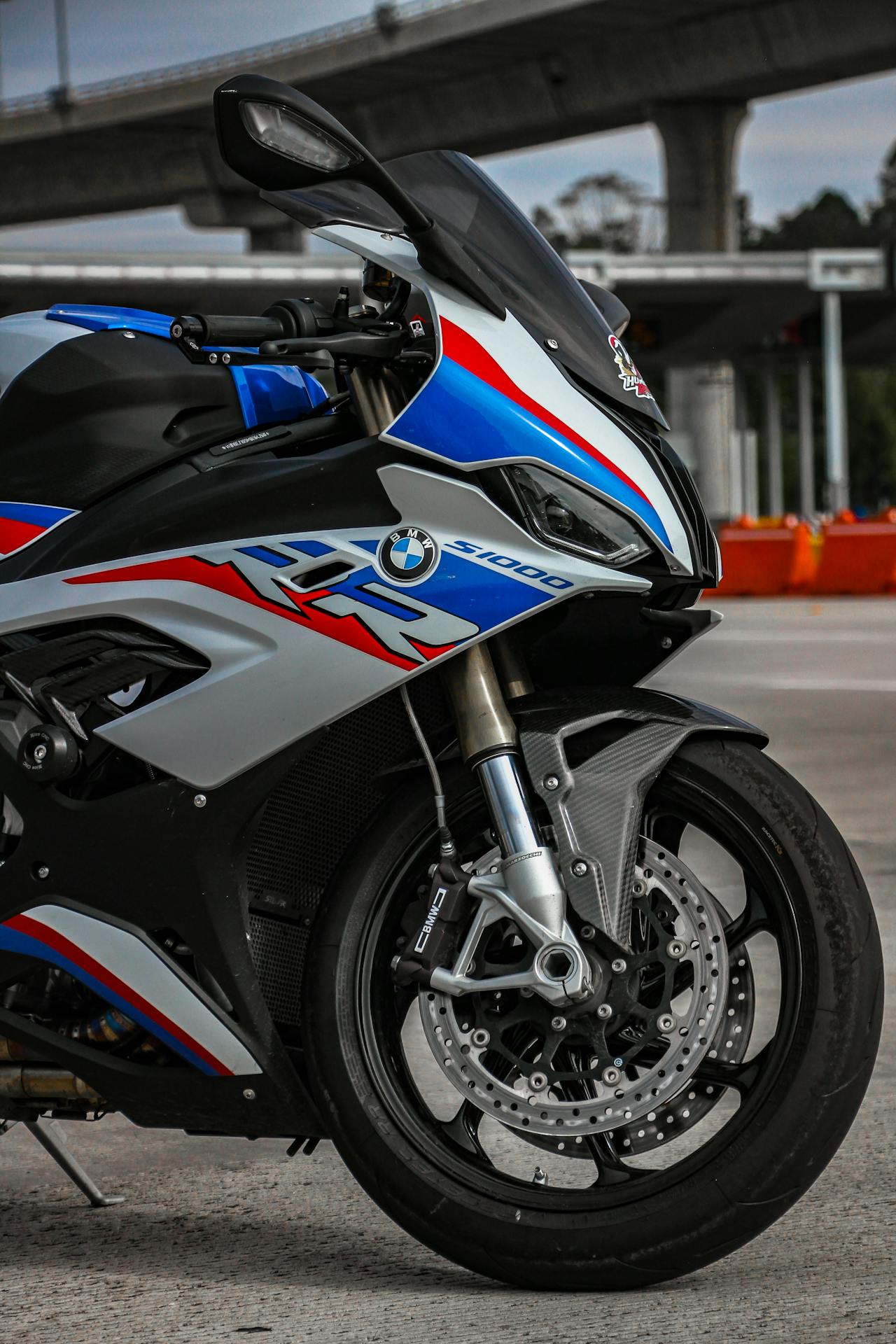Introduction
Looking for a motorcycle for sale? Whether you're a seasoned rider or a first-time buyer, purchasing a motorcycle can be an exciting yet overwhelming experience. From choosing the right model to understanding the market and navigating financing options, there’s a lot to consider.
This comprehensive guide will help you make an informed decision by covering essential topics such as how to choose the right motorcycle, where to find the best deals, and what factors to evaluate before sealing the deal. By the end of this article, you’ll be equipped with everything you need to confidently buy your dream bike.
---
1. Why Buy a Motorcycle?
Before diving into the buying process, it’s essential to understand why motorcycles are a popular choice for many. Here are some reasons why people opt for motorcycles over cars:
Affordability – Motorcycles are often cheaper to buy and maintain than cars.
Fuel Efficiency – Most motorcycles offer excellent fuel economy.
Easy Parking – Compact size makes parking a breeze.
Adventure and Freedom – Experience the thrill of the open road.
Environmental Impact – Motorcycles produce fewer emissions than cars.
Whether you're looking for a commuter bike for city rides or a powerful machine for long road trips, motorcycles offer unmatched versatility and enjoyment.
---
2. Types of Motorcycles for Sale
When searching for a motorcycle, it’s important to choose the right type that suits your riding style and needs. Here are the most common categories:
2.1 Sport Bikes
Known for their high-speed performance and aerodynamic design.
Ideal for adrenaline seekers who enjoy sharp turns and quick acceleration.
Examples: Yamaha YZF-R1, Kawasaki Ninja, Honda CBR.
2.2 Cruiser Motorcycles
Designed for relaxed riding, with low seats and a laid-back riding position.
Often preferred for long-distance cruising.
Examples: Harley-Davidson Street Glide, Indian Chief, Honda Rebel.
2.3 Touring Motorcycles
Built for long road trips with comfortable seating and ample storage.
Equipped with advanced features like GPS and heated seats.
Examples: BMW K1600, Honda Gold Wing, Yamaha Star Venture.
2.4 Adventure and Dual-Sport Bikes
Suitable for both on-road and off-road adventures.
Rugged build and long-travel suspension.
Examples: BMW GS Series, Honda Africa Twin, KTM Adventure.
2.5 Naked and Standard Bikes
Simple, minimalist design without excessive fairings.
Great for beginners and urban commuting.
Examples: Yamaha MT-07, Kawasaki Z650, Suzuki SV650.
2.6 Electric Motorcycles
Environmentally friendly with zero emissions.
Increasingly popular due to advancements in battery technology.
Examples: Zero SR/F, Harley-Davidson LiveWire, Energica Ego.
---
3. Where to Find Motorcycles for Sale
Once you've decided on the type of motorcycle, it’s time to explore where to find one. Here are some of the most reliable places to search:
3.1 Dealerships
Offer brand-new and certified pre-owned motorcycles.
Provide financing options and warranties.
Ideal for buyers seeking a secure purchase.
3.2 Online Marketplaces
Websites like Cycle Trader, eBay Motors, and Craigslist list thousands of motorcycles for sale.
Convenient for comparing prices and finding deals.
3.3 Manufacturer Websites
Browse the latest models, promotions, and financing options.
Ideal for those seeking new motorcycles.
3.4 Auctions and Private Sellers
May offer lower prices compared to dealerships.
Exercise caution and inspect thoroughly before purchasing.
---
4. Factors to Consider When Buying a Motorcycle
To make a smart purchase, consider the following factors:
4.1 Budget
Determine how much you’re willing to spend.
Include costs for insurance, registration, maintenance, and gear.
4.2 New vs. Used
New motorcycles come with warranties and no prior issues.
Used motorcycles are more affordable but require careful inspection.
4.3 Engine Size and Power
Beginners may prefer smaller engines (300cc-500cc) for better control.
Experienced riders might opt for higher-displacement bikes (600cc and above).
4.4 Maintenance and Repair Costs
Research common repair issues for the model you’re considering.
Some brands offer more affordable parts and service than others.
4.5 Resale Value
Certain brands and models retain their value better.
Popular choices like Harley-Davidson and BMW often have strong resale value.
---
5. Inspecting a Used Motorcycle
If you’re buying a used motorcycle, follow this checklist:
Mileage and Maintenance Records – Lower mileage is preferable, but well-maintained high-mileage bikes are also reliable.
Frame and Body – Check for rust, dents, or cracks.
Tires and Brakes – Ensure tires have sufficient tread depth and brakes function properly.
Engine and Exhaust – Listen for unusual noises and check for leaks.
Test Ride – Evaluate handling, braking, and acceleration.
Consider having a mechanic perform a thorough inspection for added assurance.
---
6. Financing Your Motorcycle
Buying a motorcycle may require financing. Here are some options:
Bank or Credit Union Loans – Often offer lower interest rates.
Dealership Financing – Convenient but may have higher rates.
Personal Loans – Suitable for buyers with good credit.
Be sure to compare loan terms, interest rates, and monthly payments before making a decision.
---
7. Motorcycle Insurance and Registration
In most regions, motorcycle insurance is mandatory. Coverage options include:
Liability Insurance – Covers damages you cause to others.
Comprehensive and Collision – Covers theft, damage, and accidents.
Uninsured Motorist Coverage – Protects against uninsured drivers.
After purchasing your motorcycle, complete the registration process at your local DMV or equivalent authority.
---
8. Conclusion
Finding the perfect motorcycle for sale requires careful research, budgeting, and planning. By understanding your riding preferences, exploring different options, and making an informed decision, you’ll be on your way to experiencing the freedom and thrill of the open road.
Whether you’re buying a brand-new sport bike, a classic cruiser, or a rugged adventure motorcycle, the journey starts with choosing the right machine. Enjoy the ride, stay safe, and make the most of your motorcycle adventures!






